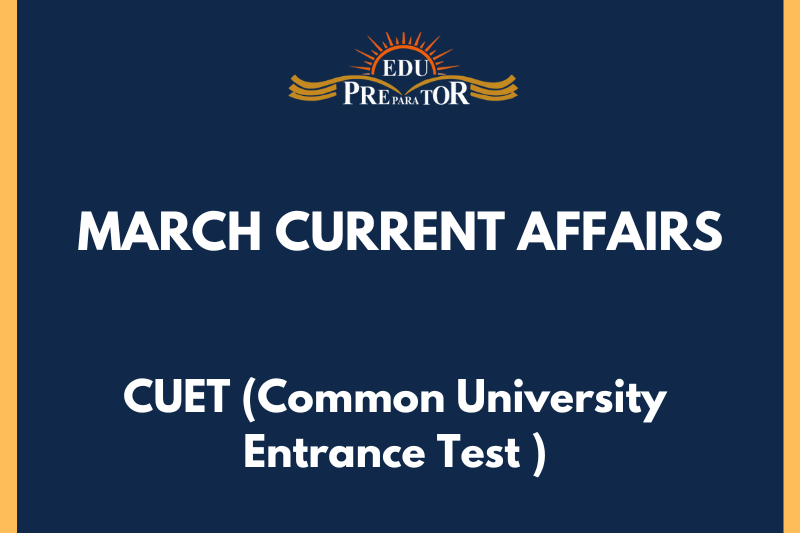
RBI Integrated Ombudsman Scheme: A Sweeping Initiative for Streamlined Financial Conflict Resolution
1. Introduction
- The term 'Ombudsman' is a concept originated from Sweden and refers to an officer appointed by the legislature to attend to complaints against a service or administrative body, providing both a resolution for conflicts and a sense of security for ordinary people against public organisations. In India, an Ombudsman is assigned to settle grievances in sectors like Insurance, Income Tax, and Banking.
- The Reserve Bank of India (RBI), in its recent report, has noted a massive 68.2% increase in complaints under its Integrated Ombudsman Scheme (IOS) in FY 2023, with figures touching 703,000. This development has marked a significant surge from FY22's 9.4% and FY21's 15.7% increase.
2. Overview of the RBI Integrated Ombudsman Scheme (RB-IOS)
- The RB-IOS is an initiative to unite three of RBI's Ombudsman schemes that cater to Banking (2006), NBFCs (2018), and digital transactions (2019).
- This consolidated scheme's primary objective is to address customer complaints over service deficiencies by RBI regulated entities. These entities include banks, NBFCs (Non-banking Financial Companies), and prepaid instrument players.
- RB-IOS covers non-scheduled primary co-operative banks with a ₹50 crore and above deposit size, reflecting a "One Nation One Ombudsman" ethos.
3. Necessity of the Integrated Ombudsman Scheme
- Since the rollout of the first Ombudsman scheme in the 1990s, consumers often found issues with the system, primarily due to the lack of grounds on which they could question the regulated entity's conduct.
- Integrating systems (banking, NBFC, digital payments), extending complaint grounds, and dissolving jurisdictional issues are expected to increase consumer participation.
4. Defining Features
- The scheme operates on the premise of 'deficiency in service' as the reason for filing a complaint, with a finite exclusion list. Earlier barriers of complaint rejection based on grounds coverage have been eliminated.
- Its introduction has seen a centralised receipt and processing centre established in Chandigarh.
- Artificial Intelligence tools have been introduced to improve coordination between banks and investigation agencies.
- Customers can file complaints, track them, and offer feedback through a single email address.
5. Appellate Authority
- The RBI's Executive Director in charge of the Consumer Education and Protection Department would serve as the Appellate Authority under the integrated scheme.
6. Importance and Expected Outcome
- The Integrated Ombudsman Scheme is a significant step towards an improved customer complaint resolution mechanism for RBI's regulated bodies.
- The initiative aims to promote a user-friendly, consistent, and streamlined system that will augment customer satisfaction and foster financial inclusivity.
The Ambitious India-EFTA Trade and Economic Partnership Agreement
1: Introduction and Overview
- The Government of India and the European Free Trade Association (EFTA), consisting of countries Switzerland, Iceland, Norway, and Liechtenstein, have recently formalised a Trade and Economic Partnership Agreement (TEPA).
- The primary aim of the agreement is to boost investments and augment trade in goods and services between India and the EFTA countries.
2: The European Free Trade Association (EFTA)
- The EFTA is an intergovernmental organisation, established in 1960 involving four member countries (Switzerland, Iceland, Norway, and Liechtenstein).
- The organisation supports the promotion of free trade and economic integration among its members while operating in parallel with the European Union (EU).
- Remarkably, these four member states (EFTA countries) participate in the European Single Market and are part of the Schengen Area but are not a part of the European Union Customs Union.
3: Overview of the Trade and Economic Partnership Agreement (TEPA)
- India and EFTA have established an agreement that includes 14 chapters focusing on market access related to goods, rules of origin, trade facilitation, and trade remedies.
- This is the fourth such agreement that India has signed since 2014 – previously with Mauritius, the UAE, and Australia.
- The TEPA is primarily designed to encourage target-oriented investment and job creation.
4: Key Points of the TEPA
- EFTA has made a commitment to promote investments in India to increase the stock of FDI by USD 100 billion within 15 years.
- Furthermore, EFTA aims to facilitate the generation of 1 million direct employment opportunities in India through these investments.
- EFTA is offering 92.2% of its tariff lines, which covers 99.6% of India's exports, excluding sensitive sectors such as dairy, soya, coal, and certain agricultural products.
5: Opportunities Presented by TEPA for India
- The TEPA presents a wide range of opportunities for Indian exporters, then they will get access to specialised inputs and more markets.
- Indian companies can use Switzerland as their hub to extend their reach to the EU market.
- The agreement will give a substantial boost to India's 'Make in India' and 'Atmanirbhar Bharat' initiatives by encouraging domestic manufacturing in sectors like Infrastructure, Manufacturing, Pharmaceuticals, among others.
6: Challenges for India
- Traditionally, India has a trade deficit with a significant portion of its top trade partners except for the U.S.
- The India-EFTA deal may also contribute to this trade deficit issue despite the investment commitment made by EFTA.
- Other potential challenges include difficulties in accessing the EFTA market, especially Switzerland, due to the complex web of tariffs, quality standards, and approval requirements.
7: Conclusion
- The TEPA could significantly impact India's trade and employment scenarios, marking a significant step in India’s economic diplomacy.
- However, overcoming the potential challenges and leveraging the agreement's potential will be crucial if India is to maximise the benefits from the established TEPA with EFTA.



Comments
Nam cursus tellus quis magna porta adipiscing. Donec et eros leo, non pellentesque arcu. Curabitur vitae mi enim, at vestibulum magna. Cum sociis natoque penatibus et magnis dis parturient montes, nascetur ridiculus mus. Sed sit amet sem a urna rutrumeger fringilla. Nam vel enim ipsum, et congue ante.
Cursus tellus quis magna porta adipiscin
View All